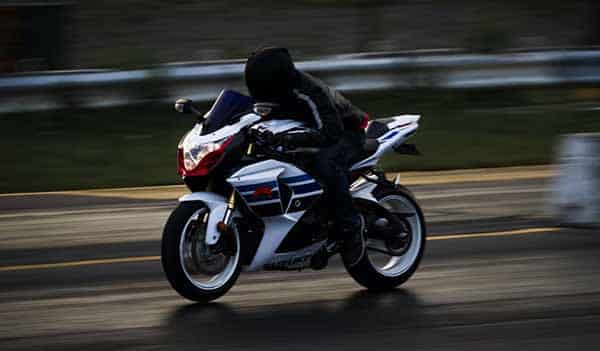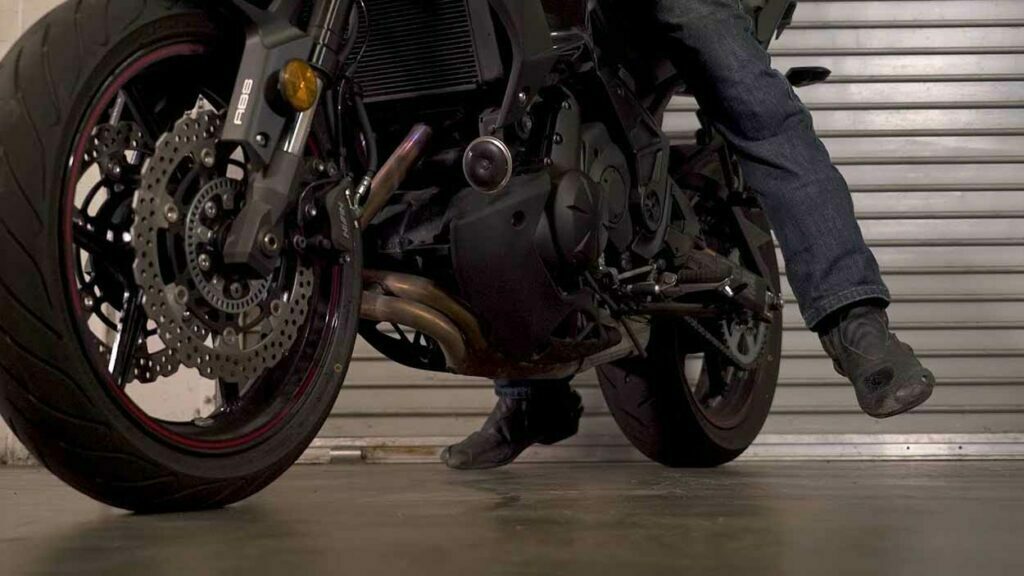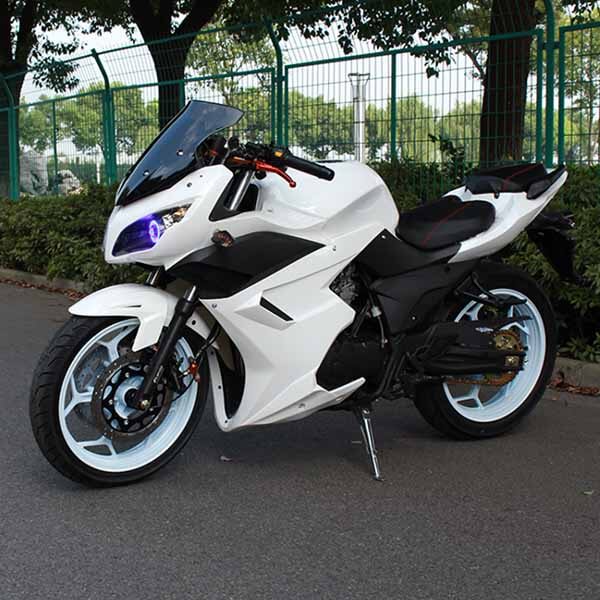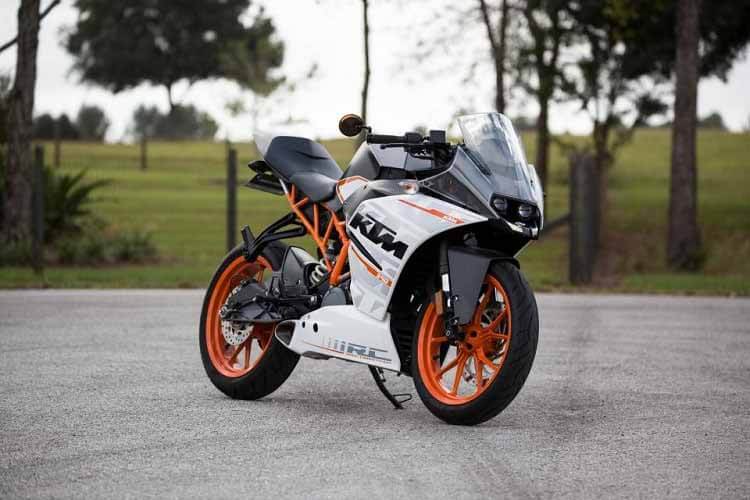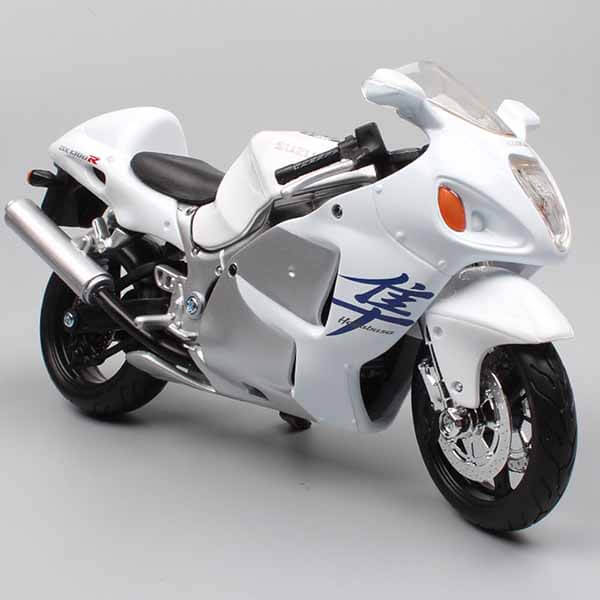Many new riders often ask about how to handle a heavy motorcycle. In 2019, 5014 motorists lost their lives to motorcycle crashes. 30% 0f these did not hold valid licenses. Studies also indicate that most accidents involved cruisers which are relatively heavy motorcycles. We have been handling all kinds of motorcycles for over three decades, and we are aware of the challenges that come with different types of bikes.
Handling a heavy motorcycle requires practice on the clutch, throttle, and brakes. Skills in stopping, turning, steering, braking, and parking are critical. The positioning of your body on the bike also affects your ability to control the bike and safety.
Heavy bikes are superior to lighter ones as they have more features. If you are experiencing challenges riding your relatively heavy motorcycle, you might want to read on. This post provides detailed information on how to handle your motorcycle for an improved riding experience.
How to Handle a Heavy Motorcycle?
Helpful Tips for How to Handle a Heavy Motorcycle
Why is riding heavier motorcycles challenging? Heavier motorcycles require more concentration, especially at low speed. Simple mistakes can cause serious injuries and damage. Despite motorcycles contributing to only 3% of registered vehicles in the US, they account for 14% of traffic deaths. A rider needs to control and tactfully coordinate the clutch lever, rear brake pedal, and accelerator.
In this section, we will be looking at how you can handle a heavy bike and maneuver these challenges.
-
Smooth handling of throttle and clutch
When riding a heavy motorcycle, the rider needs to apply the appropriate pressure on the clutch and throttle. Due to the weight and power of the bike, the rider should avoid putting too much pressure. As a result, they can maintain maximum control over the bike’s speed.
-
Tilting
Heavier bikes are more challenging to tilt. Before steering, you will find it more helpful to tilt the bike in the direction of the foot stepping on the ground. Once you do this, you will have a less difficult time as the bike will easily move on its own.
-
Foot positioning when turning
Turning a heavy bike from a stop is also another challenge. This skill is essential when making turns at a stop sign within the rider’s lane. You need to ensure that you safely remain in your lane when turning.
The foot you put down should be guided by your intended direction when starting your bike. It is best to put your left foot down when moving in that direction. And if you intend to move to the right, the right foot should stay down. Once you have positioned your foot accordingly, the rest of your body will automatically go in the right place. You can now slightly tilt and move the bike more smoothly in that direction without steering.
-
Turn using your feet
When taking a sharp corner on a heavy bike, you should use your right foot for right turns and the left one for left turns. With the foot down, the rider can easily adjust their position on the bike. This technique enables you to make safe and fast turns.
-
Sharp turns
Statistics show that 40% of motorcycle accident deaths occur from sudden turns. The rider should lean while steering for safe, sharp turns on a heavy motorcycle. When making a quick sharp right turn, the rider leans on the bike and extends their right foot while tilting the bike in the bike toward the same direction. Learning how to negotiate sharp turns is important to knowing how to handle a heavy motorcycle.
You also need to maintain a straight position on the leaning bike as you make sharp turns. This position allows you to easily and effectively control the bike when turning.
-
Smooth steering
If you are familiarizing yourself with a heavy motorcycle, steering is a critical skill. You must make the process as smooth as possible without jerking back and forth. You should relax and keep your hands steady, going with the flow to really understand how to handle a heavy motorcycle.
-
Look ahead
When riding a heavy bike, looking ahead helps you balance and relax as you steer. Therefore, it is critical to stay focused on the road ahead and avoid looking down. Heavier bikes require more braking time and staying focused on the road allows you sufficient reaction time.
-
Braking
Heavier bikes require more careful braking. For safety, the rider should avoid using the front brake even when riding at a low speed. Applying the front brakes can cause you to lose balance by shifting the bike’s weight to shift to the front suspensions. As a result, the front wheel will skid, and you will have difficulty maintaining the bike upright.
Instead, it would help if you steadily slowed the bike using the rear brakes, then gently applied the front brake. Front brakes help stabilize the bike by offering support.
Remember you should only use the front brakes when stopping suddenly.
-
Practice
If you intend to perfect your skill, you need to ride your bike more often. It becomes more natural, comfortable, and fun as you keep riding. You can practice challenging skills such as parking, maneuvering, swerving, and stopping suddenly. As you practice and challenge yourself, you also get a feel for your skill and work on your weak areas.
One of the critical techniques you need to practice is controlling the bike when stopping. This technique is useful at stop signs, and the rider can easily drop the bike. It involves skills whereby the rider needs to brake using their rear brakes and keep their eyes focused ahead with their handlebars straight. It is easier to control the bike when stopping using rear brakes. Continuing practice also gets the body muscles accustomed to these actions.
-
Physical fitness
Handling a heavy bike requires the use of muscles. For this reason, if you want to perfect your ability, it is important to work on your muscles. The muscle-building process may take some time, but it is worthwhile. Eventually, you will feel more comfortable and steadier as you ride. Going to the gym will you know how to handle a heavy motorcycle.
-
Riding boots
High-quality riding boots will give you a firmer foothold making you feel more secure on the bike. It would be best to get big and thick boots to offer better protection and a firmer hold when riding.
-
Parking
Whether coming from a straight road or a turning, parking a heavy bike can be difficult for beginners. To make it easier, you need to identify an appropriate parking spot that is flat, smooth, and non-slippery. Parking a bike of any weight is much easier on flat ground. However, if that is not an option, you would rather park up a slope.
A bike feels heavier and becomes more challenging to control on a downhill slope. If you must park on a downslope, maintain the bike upright to lift the stand. Also, avoid using the center stand for heavy bikes and always park using the side stand.
Related:
How Not to Park Your Motorcycle: 5 Proper Motorcycle Parking Etiquettes
-
Picking up a heavy motorcycle
At some point, you will drop your motorcycle. Lifting a heavy motorcycle is not always easy. But you can easily lift it by following these simple steps:
- Look around the bike to see that every part is intact.
- Stand near the bike’s tank, facing away.
- Identify the part you can use to lift the bike. I suggest you grip the handlebar close to the ground with one hand and the other on the grab bar.
- You can now squat and lift the motorcycle by bending your knees. As you do so, remember to keep your back straight and be cautious not to tilt it over to the other side.
Final thoughts: How to Handle a Heavy Motorcycle.
Every rider experiences the challenge of riding a heavy motorcycle for the first time. Despite being safer for experienced users, these bikes are more challenging to control. For this reason, it requires skill and experience, especially when riding, stopping, parking in tight spaces, or turning. And the more you practice, the easier it gets.
Information for this article was partially sourced and researched from the following authoritative Government, educational, corporate, and nonprofit organizations:
About the Author:
Michael Parrotte started his career in the motorcycle industry by importing AGV Helmets into the North American market. He was then appointed the Vice President of AGV Helmets America, total he worked with AGV Helmets for 25 years. In addition, he functioned as a consultant for KBC Helmets, Vemar Helmets, Suomy Helmets, Marushin Helmets, KYT Helmets, and Sparx Helmets.
In 1985, He is the Founder of AGV Sports Group, Inc. cooperation with AGV Helmets in Valenza Italy
Click here for LinkedIn Profile: https://www.linkedin.com/in/parrotte/
Click here for complete AGV Helmet & AGVSPORT History https://agvsport.com/michael-parrotte
Click here for all AGV Sports Group Social Media information http://agvsport.info/
FM/A

